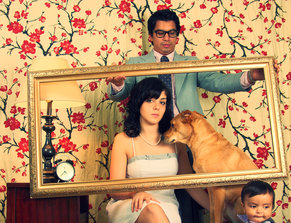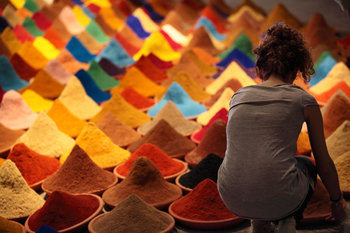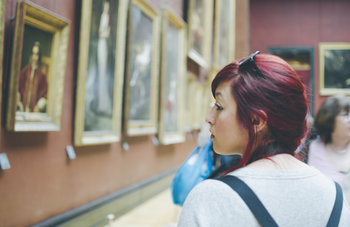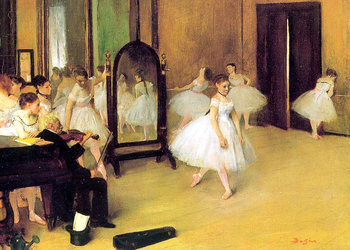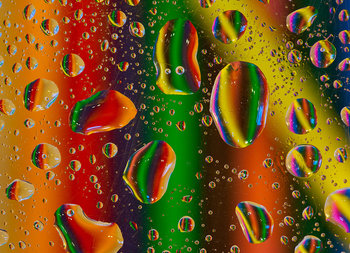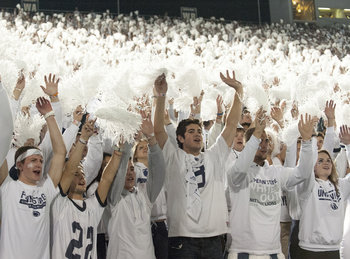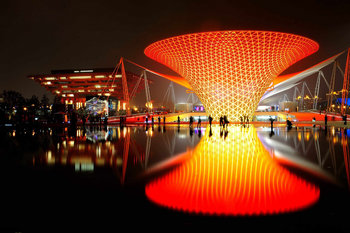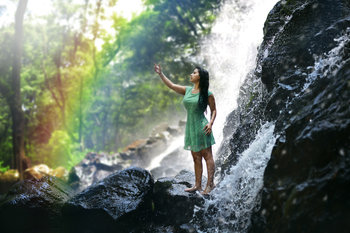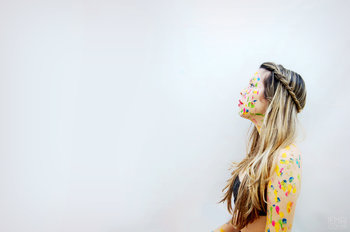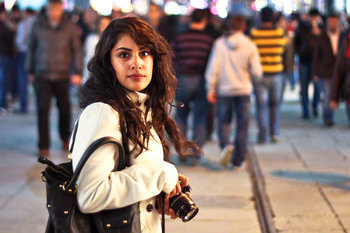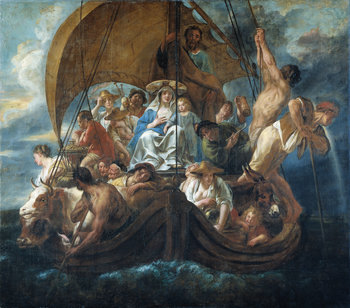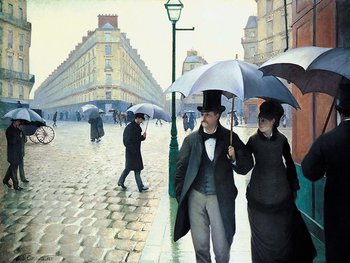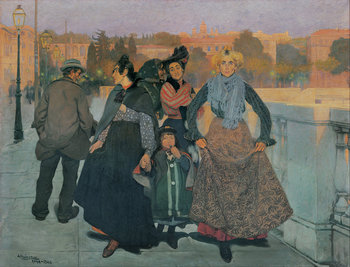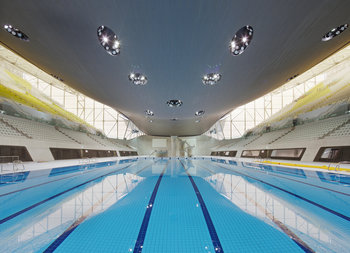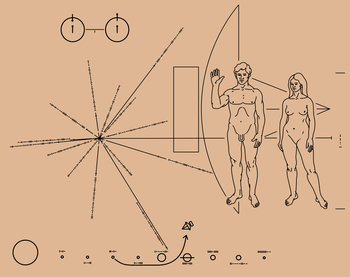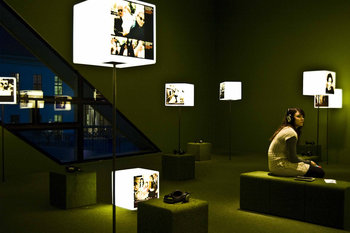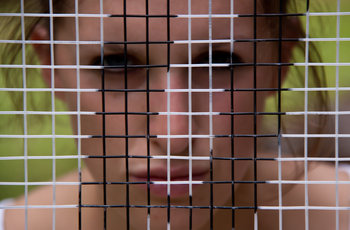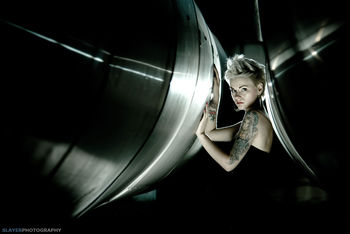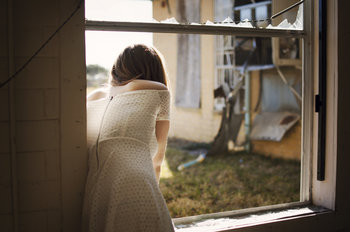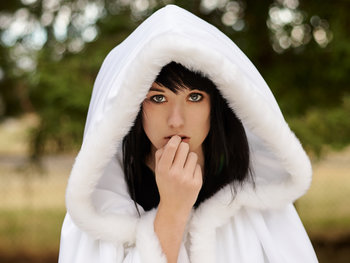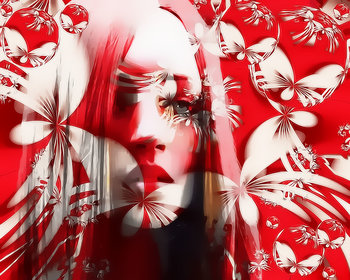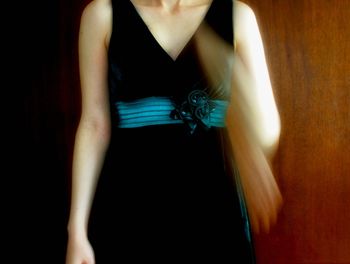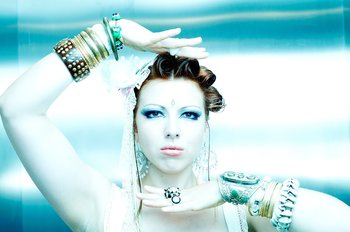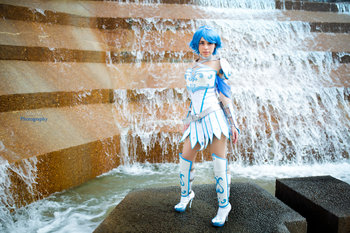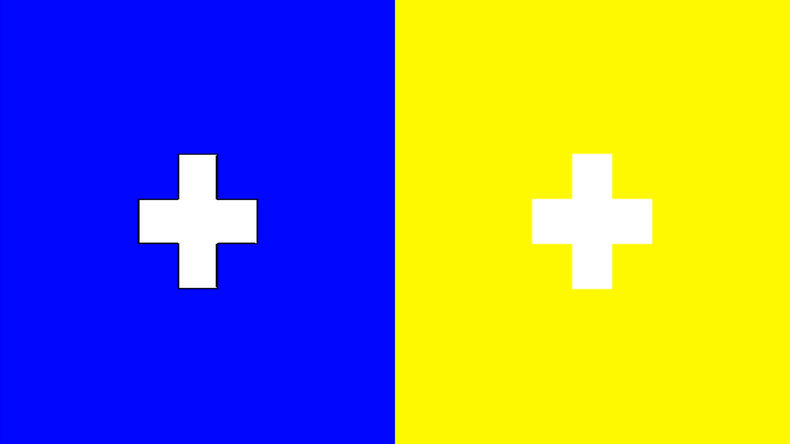
Complementary Color Combinations
Complement colors are two colors that cancel each other out. When mixed together they appear as grey. For example, there is normally no reddish-green or bluish-yellow as these both look grey to our eyes. However, there are techniques that may allow people to see these colors as colorful as opposed to grey. One technique is to stare at a color until your eyes tire and then look at its complementary color. This is commonly said to work with yellow and blue.Impossibly Dark
Staring at a color causes an afterimage of the complementary color. For example, staring at yellow causes a blue afterimage. If you then look at pure black, you may see a blue that is as dark as pure black. This is normally not possible as blue is always has a lightness to it.Impossibly Bright
Staring at a color to create a complementary afterimage and then staring at white can make a color seem as bright as white.Impossibly Colorful
Staring at blue to create an orange afterimage and then looking at orange can result in a perception of "more orange than orange." These are commonly described as hypercolors.| Overview: Impossible Colors | ||
Type | ||
Definition | Colors that can't normally be seen that may appear in special circumstances. | |
Related Concepts | ||

